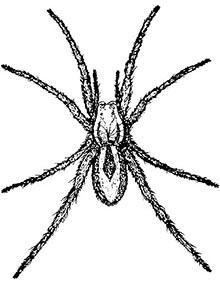

Spiders - Page 8
Reviewed
Wolf spiders Nonpoisonous spiders
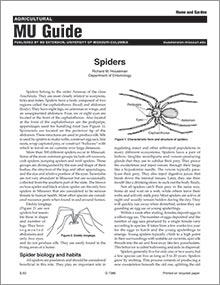
Spiders
Reviewed
Spiders belong to the order Araneae of the class Arachnida. More than 300 different spiders occur in Missouri.
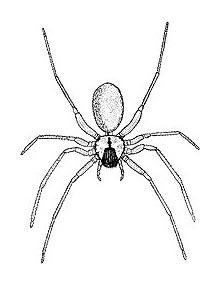
Spiders - Page 3
Reviewed
Brown recluse (Loxosceles reclusa) Poisonous spiders
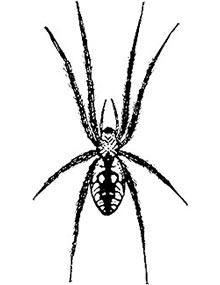
Spiders - Page 6
Reviewed
Orb weavers (Araneidae) Nonpoisonous spiders
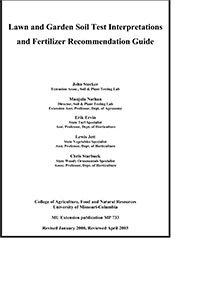
Lawn and Garden Soil Test Interpretations and Fertilizer Recommendation Guide
Reviewed
Eliminate the guesswork of providing nutrients for plant growth and avoid potentially environmentally harmful fertilizer applications by having your home lawn and garden soil tested. Learn the methods used by the MU Soil and Plant Testing in this guide.
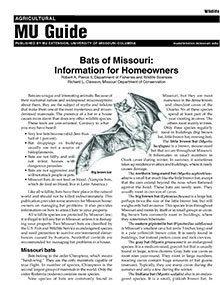
Bats of Missouri: Information for Homeowners
Revised
Discover the diverse bat species in Missouri, their ecological benefits, and guidance on safely managing bat encounters in homes.
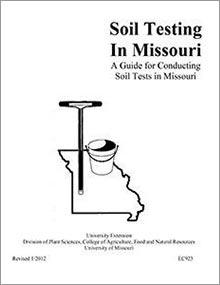
Soil Testing in Missouri
Reviewed
Find out how fertile your garden or lawn soil is with a soil test. Results estimate the ability of soil to supply plant nutrients or support plant growth. Learn the process of taking a soil sample and the tools necessary to do so in this guide.
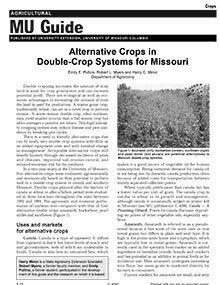
Alternative Crops in Double-Crop Systems for Missouri
Reviewed
Explore alternative crops like amaranth, buckwheat, pearl millet, and sunflower for double-cropping in Missouri to enhance profits and reduce pest cycles.
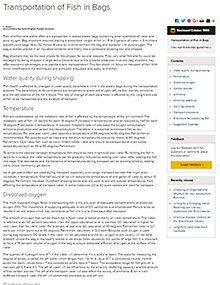
Transportation of Fish in Bags
Reviewed
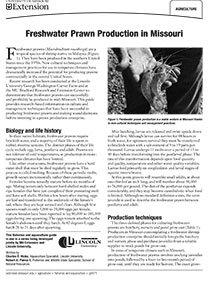
Freshwater Prawn Production in Missouri
Reviewed
Freshwater prawns (Macrobrachium rosenbergii) can be successfully and profitably produced in mid-Missouri. Learn about culture and management techniques that have been successful in producing freshwater prawns in this MU Extension guide.

Bluegill Sunfish Production in Missouri
Reviewed
Learn about bluegill sunfish aquaculture in Missouri, including species info, spawning, pond prep, and water quality management.
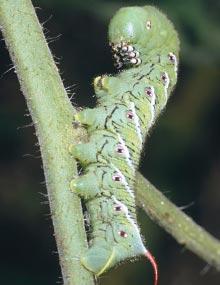
Caterpillars in Your Yard and Garden, Page 45
Reviewed
Tobacco hornworm caterpillars (Manduca sexta), left, and tomato hornworm caterpillars (Manduca quinquemaculata), below, are present from June through September. They produce two or more generations per year.
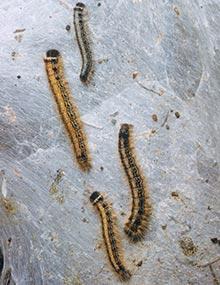
Caterpillars in Your Yard and Garden, Page 13
Reviewed
Eastern tent caterpillars (Malacosoma americanum) are present from early spring to June. They produce one generation per year.
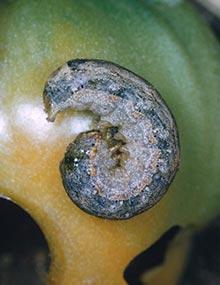
Caterpillars in Your Yard and Garden, Page 48
Reviewed
Variegated cutworm caterpillars (Peridroma saucia) are present from late spring to early summer. They produce two to four generations per year.

Caterpillars in Your Yard and Garden, Page 16
Reviewed
European pine sawfly caterpillars (Neodiprion sertifer) are present in spring and summer. They produce one generation per year.

Caterpillars in Your Yard and Garden, Page 51
Reviewed
Red phase and black phase walnut caterpillars (Datana integerrima) are present from early May to September. They produce one to two generations per year.
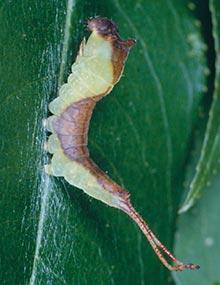
Caterpillars in Your Yard and Garden, Page 19
Reviewed
Gray furcula caterpillars (Furcula cinerea) are present from spring to fall. They produce two generations per year.
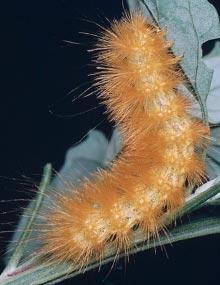
Caterpillars in Your Yard and Garden, Page 54
Reviewed
Yellow woollybear caterpillars (Spilosoma virginica) are present from spring to fall. They produce two to three generations per year.
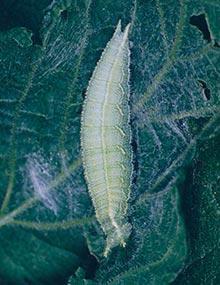
Caterpillars in Your Yard and Garden, Page 22
Reviewed
Hackberry emperor caterpillars (Asterocampa celtis) are present from early summer to fall. They produce two generations per year.
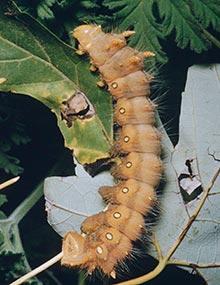
Caterpillars in Your Yard and Garden, Page 25
Reviewed
Imperial moth caterpillars (Eacles imperialis) are present from June to August. They produce two generations per year. Common host plants include oaks, sweetgum, maple, hickory, sassafras, elm and sycamore.

Caterpillars in Your Yard and Garden, Page 28
Reviewed
Linden looper caterpillars (Erannis tiliaria) are present from late spring to summer. They produce one generation per year.
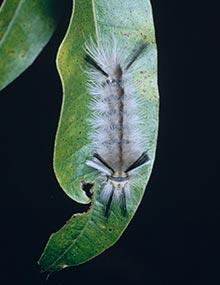
Caterpillars in Your Yard and Garden, Page 31
Reviewed
Pale tussock moth caterpillars (Halysidota tessellaris) are present from early summer to fall. They produce two generations per year.
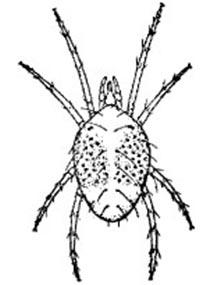
Least-Toxic Control Methods to Manage Indoor Plant Pests
Reviewed
Learn safe and effective ways to manage indoor plant pests using natural, mechanical, and low-toxicity treatments that protect both plants and the environment

Safe Drinking Water in an Emergency
Reviewed
You and your family can survive for several days without food, but only a short time without water. Disasters can often cause us to question the safety of our drinking water. With a little planning and preparation, you can be prepared by having a safe emergency water supply.
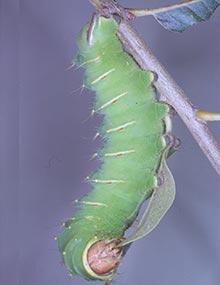
Caterpillars in Your Yard and Garden, Page 34
Reviewed
Polyphemus moth caterpillars (Antheraea polyphemus) are present from May to October. They produce multiple generations per year.